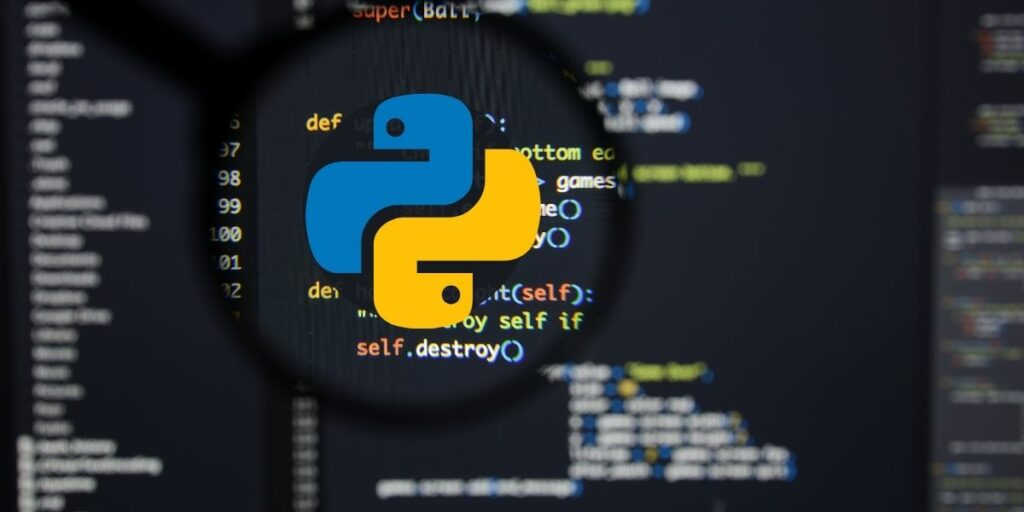How to create a pipeline that standardizes the data and create model
Creating a pipeline that standardizes the data and creates a model is a common task in machine learning. A pipeline is a sequence of steps that are executed in order to accomplish a certain task. In this case, the pipeline will be used to standardize the data and create a model.
The first step in creating a pipeline is to standardize the data. This step is called data standardization, and it involves transforming the data so that it has a mean of zero and a standard deviation of one. This is important as many machine learning algorithms assume that the data is standardized.
Once the data is standardized, the next step is to create a model. This step involves choosing a machine learning algorithm that will be used to create the model. Some popular machine learning algorithms include K-Nearest Neighbors (KNN), Logistic Regression, Decision Tree, Random Forest, etc.
After the model has been created, it needs to be trained using the standardized data and the labels or outcomes. Once the model is trained, it can be used to make predictions on new data.
It’s important to note that the pipeline can be customized according to the specific problem, by adding or removing steps as needed. For example, you might want to add a step for data preprocessing or a step for feature selection.
In summary, Creating a pipeline that standardizes the data and creates a model is a common task in machine learning. A pipeline is a sequence of steps that are executed in order to accomplish a certain task. In this case, the pipeline will be used to standardize the data, create a model, and train it. Once the model is trained, it can be used to make predictions on new data. It’s important to note that the pipeline can be customized according to the specific problem, by adding or removing steps as needed.
Essential Gigs
For only $50, Nilimesh will develop time series forecasting model for you using python or r. | Note: please contact me…www.fiverr.com
For only $50, Nilimesh will do your data analytics and econometrics projects in python. | Note: please contact me…www.fiverr.com
For only $50, Nilimesh will do your machine learning and data science projects in python. | Note: please contact me…www.fiverr.com
For only $50, Nilimesh will do your gis and spatial programming projects in python. | Note: please contact me before…www.fiverr.com
